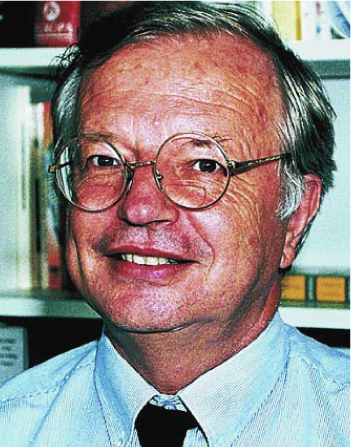Balzan Foundation Gives Prize in Geology
DOI: 10.1063/1.1535016
At a ceremony in Rome this month, the International Balzan Foundation is presenting four Balzan Prizes for 2002. Each year, the foundation gives awards in two different categories within the sciences and two within the humanities. One of this year’s disciplines is geology.
Xavier Le Pichon, chair of geodynamics at the Collège de France, is being honored as “one of the pioneers of the plate tectonics theory and of the high-resolution exploration of plate boundaries by submersibles.” He will receive a cash prize of 1 million Swiss francs (approximately $662 000).
According to the citation, Le Pichon was the first to propose within plate tectonic theory a global quantitative model of the motions of plates at Earth’s surface. In 1968, he computed a global map of the relative movement of the six major plates. This map became the foundation for improved understanding of how earthquakes are distributed and for large-scale reconstruction of how continents and ocean basins were configured in the past.
Le Pichon also took the lead in using submersibles to explore the deep ocean. From the 1970s to the 1980s, he and his colleagues began high-resolution studies of midoceanic ridges, studies that led to the discovery of hydrothermal sources. He extended those studies to deep-sea trenches in the eastern Mediterranean Sea and to the Pacific Ocean trenches of Japan. Since the late 1990s, he has used geodetic methods to help him clarify interseismic deformation.
The foundation says that Le Pichon’s “leading role in the development of marine geology in France and in many international programs, together with his gift of combining mathematics, geophysics, and geology, [has] been the basis for his excellent teamwork and guidance of young talent in the earth sciences.”

Le Pichon
BALZAN FOUNDATION

